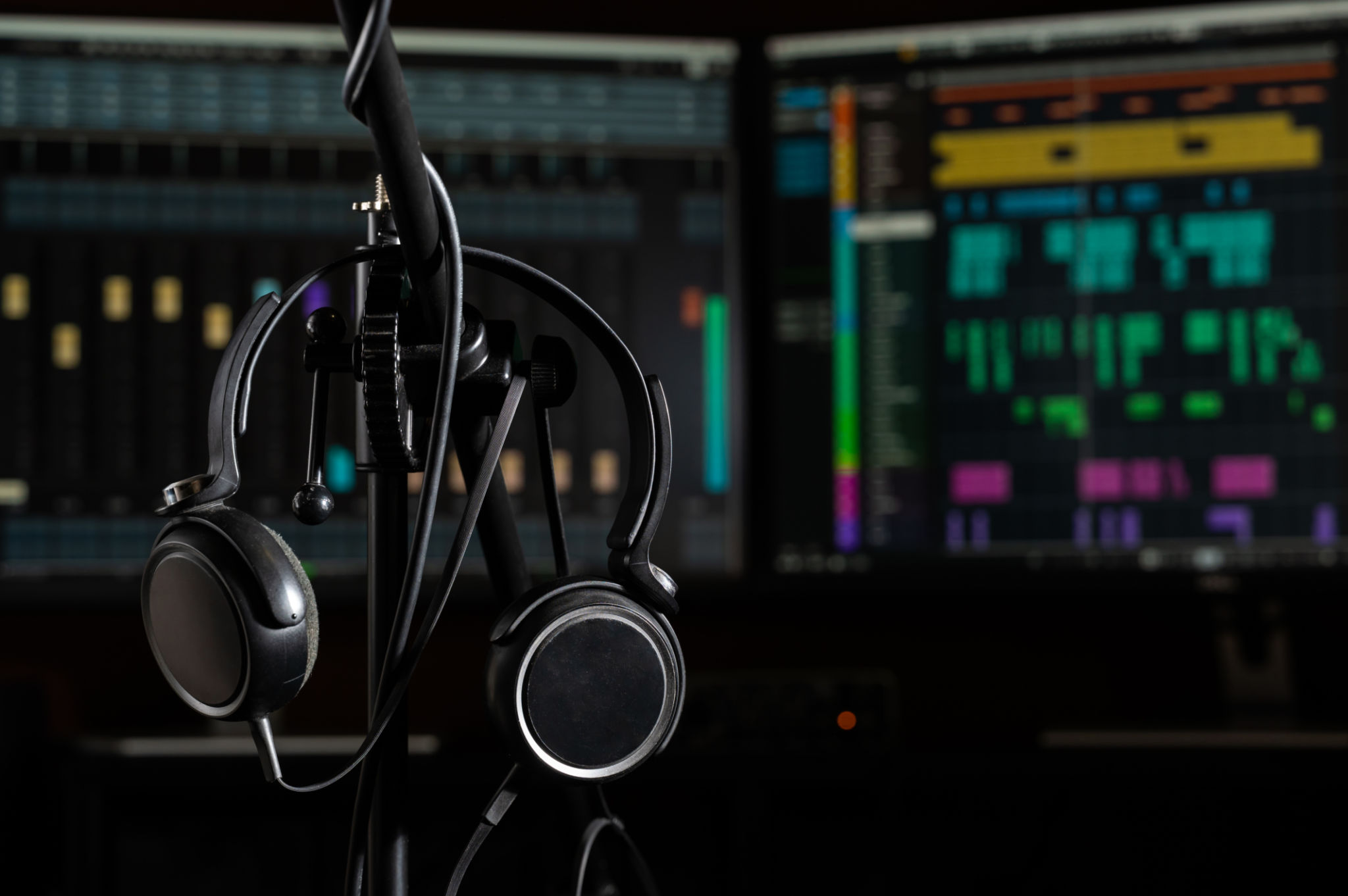Embracing the Future: The Role of AI in Video Editing
The Dawn of AI in Video Editing
The world of video editing is undergoing a remarkable transformation, thanks to the integration of Artificial Intelligence (AI). With AI at the helm, video editing is becoming more efficient, accessible, and creative. AI technologies are not just tools but partners in the creative process, offering editors new ways to enhance their craft. As AI continues to evolve, its role in video editing is expected to expand, reshaping the industry landscape.

Enhancing Efficiency in Editing
One of the most significant advantages of AI in video editing is the boost in efficiency it provides. Traditional video editing processes are often time-consuming, involving meticulous attention to detail. AI streamlines these processes by automating repetitive tasks such as sorting footage, color correction, and even initial cuts. This allows editors to focus more on the creative aspects of their projects, reducing production times significantly.
AI algorithms are capable of analyzing vast amounts of data quickly and accurately. For instance, they can identify patterns and suggest edits based on previous projects, saving valuable time for editors. This not only accelerates the editing process but also ensures a level of consistency that manual editing may struggle to achieve.
AI-Driven Creativity
Beyond efficiency, AI is opening new avenues for creativity in video editing. With features like automatic scene detection and intelligent cropping, AI tools can propose creative solutions that might not be immediately apparent to human editors. These suggestions can inspire editors to experiment with different styles and techniques, pushing the boundaries of conventional video editing.

Moreover, AI-powered tools can offer real-time feedback and adjustments, allowing editors to see potential outcomes instantly. This immediacy fosters a dynamic creative environment where ideas can be tested and refined on the fly, leading to more innovative and polished final products.
Democratizing Video Editing
AI is also playing a crucial role in democratizing video editing. By simplifying complex processes, AI makes professional-level editing more accessible to hobbyists and small businesses. Tools that once required extensive training and experience can now be operated with minimal instruction, empowering a broader audience to produce high-quality video content.
Platforms incorporating AI-driven features are leveling the playing field by reducing the expertise barrier. This accessibility encourages a more diverse range of voices and perspectives in the media landscape, enriching the content available to audiences worldwide.

The Future of AI in Video Editing
As AI technology continues to advance, its role in video editing is poised to grow even further. Future developments may include more sophisticated AI-driven storytelling techniques, enhanced personalization options, and seamless integration with other creative tools. These innovations will likely foster even greater collaboration between human editors and AI systems.
However, it's essential to remember that while AI can enhance efficiency and creativity, the human touch remains irreplaceable. The unique insights and emotional intelligence that human editors bring to their work cannot be replicated by machines. The future of video editing will likely be a harmonious blend of human creativity and AI-driven innovation.
Conclusion
The integration of AI in video editing marks a new era of possibilities for content creators. By enhancing efficiency, fostering creativity, and broadening accessibility, AI is redefining what it means to edit video content. As we continue to embrace these technological advancements, the potential for innovation in video editing is virtually limitless. The journey ahead promises exciting developments that will shape the future of storytelling through video.
